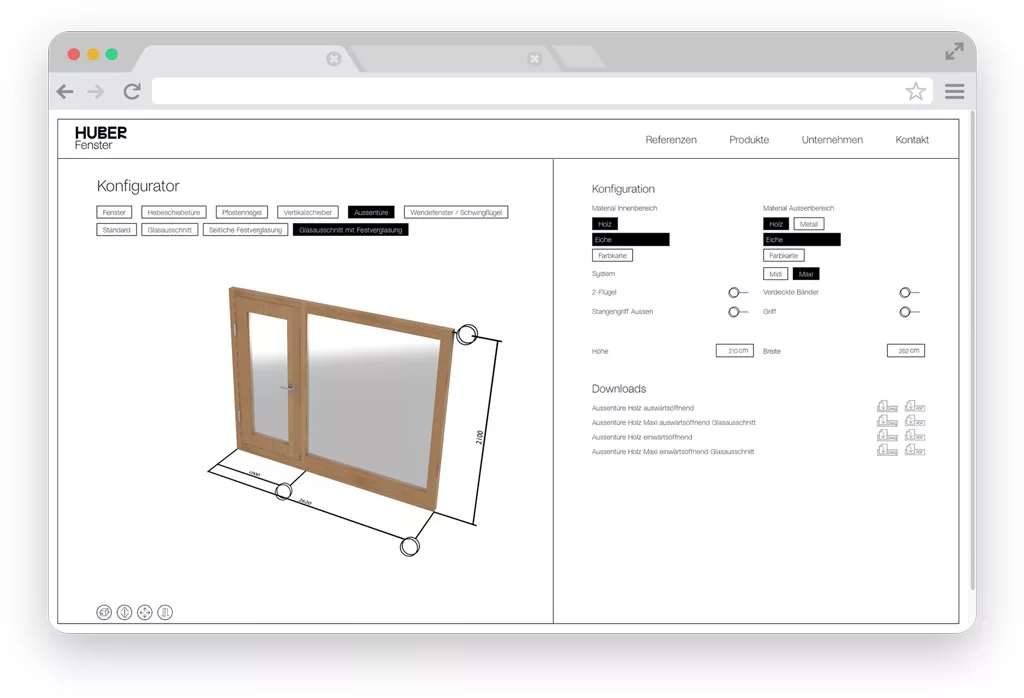
Digital transformation in sales is crucial for companies offering personalized products, addressing inefficiencies in traditional sales processes. This article highlights how a Swiss windows company successfully implemented digital tools, such as 3D interactive interfaces, to enhance both efficiency and customer experience. By automating repetitive tasks and leveraging data analytics, the company improved sales processes, reduced costs, and expanded its market reach. The case study underscores the importance of digital transformation in staying competitive in today’s market.
FAQs
-
How does digital transformation improve the efficiency of our sales process?
Digital transformation automates repetitive tasks and enhances data analytics, allowing sales teams to focus more on customer relationships. It streamlines processes like product customization, order management, and customer communication, reducing time and errors.
-
What benefits can customers expect from a digitalized sales experience?
Customers can enjoy a more engaging and interactive buying experience, with the ability to customize products in real-time through 3D interfaces. This leads to faster order processing, clearer communication, and higher satisfaction with the final product.
-
What challenges might a company face during the digital transformation of its sales process?
Challenges include optimizing the user interface for ease of use, ensuring realistic and high-quality 3D product displays, and balancing fast data load times with detailed visualizations. Companies also need to train staff to effectively use new digital tools and adapt to changes in workflow.
Share this post!

Nguyen Huynh (Rainer) - CEO of VMT Solution
As the Co-Founder and CEO of VMT Solutions, I earned my Master’s degree in Technical and Vocational Education and Training (TVET) from Germany in 2007. With over a decade of experience in point cloud processing and BIM services, I’ve always been passionate about tackling complex challenges and developing innovative workflows that enhance accuracy and detail in point cloud to BIM conversions.




